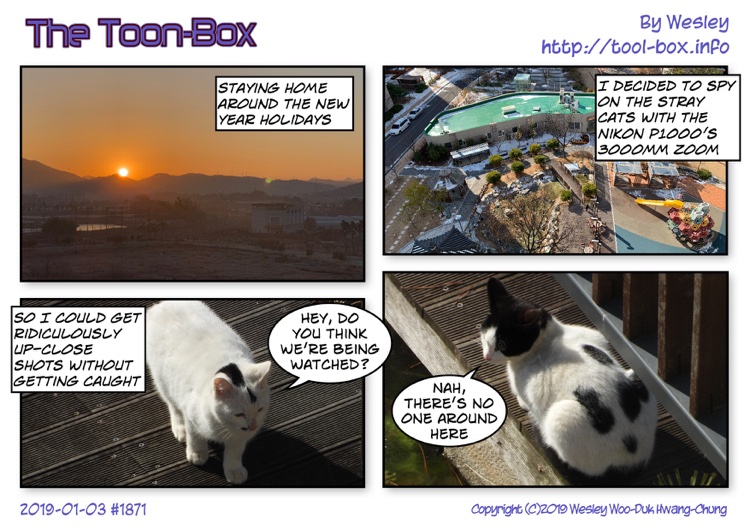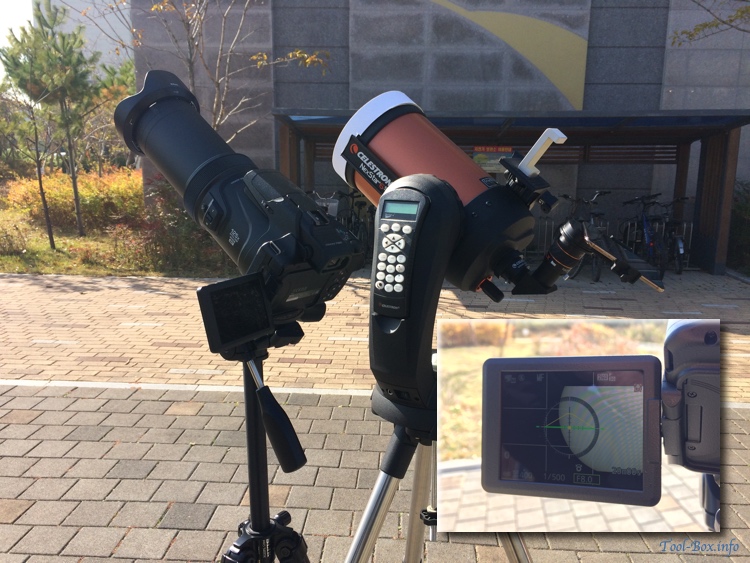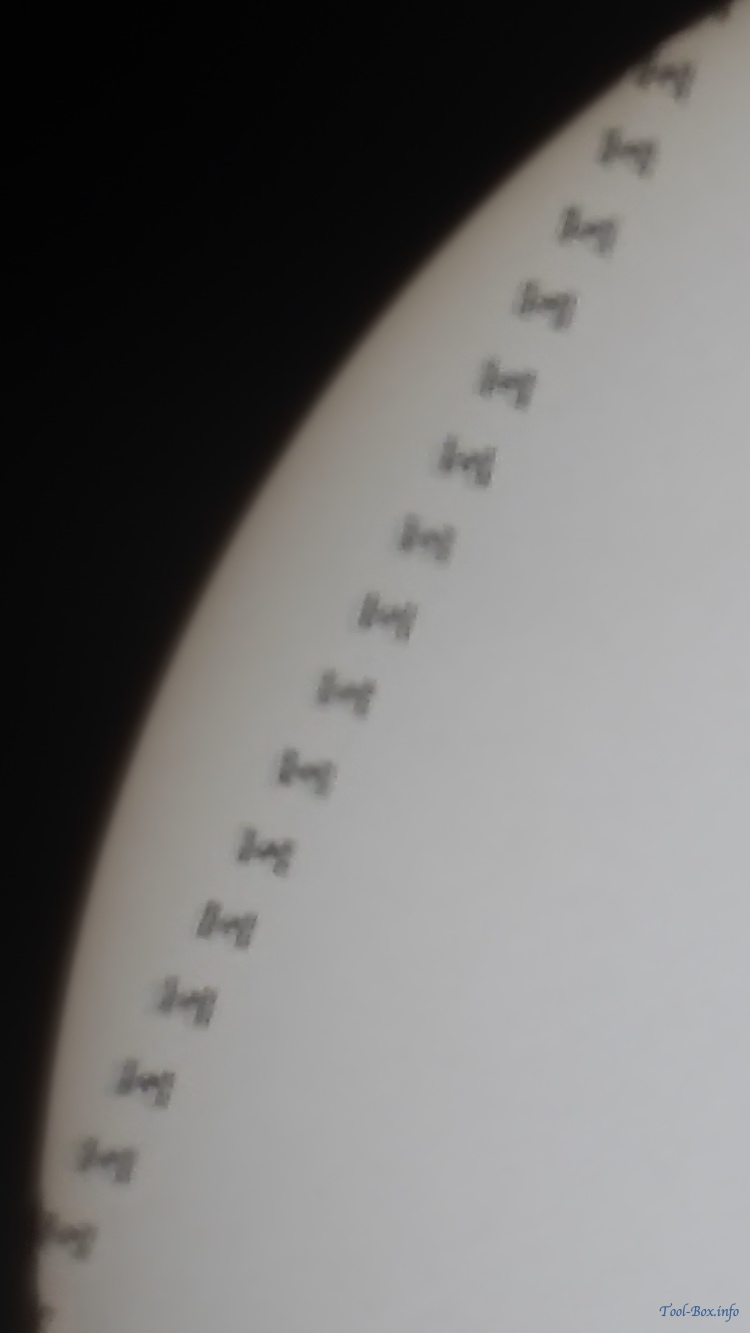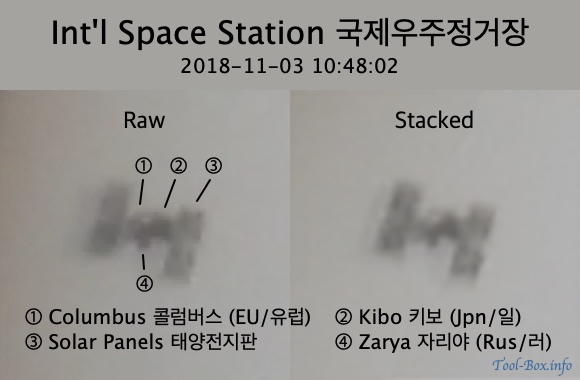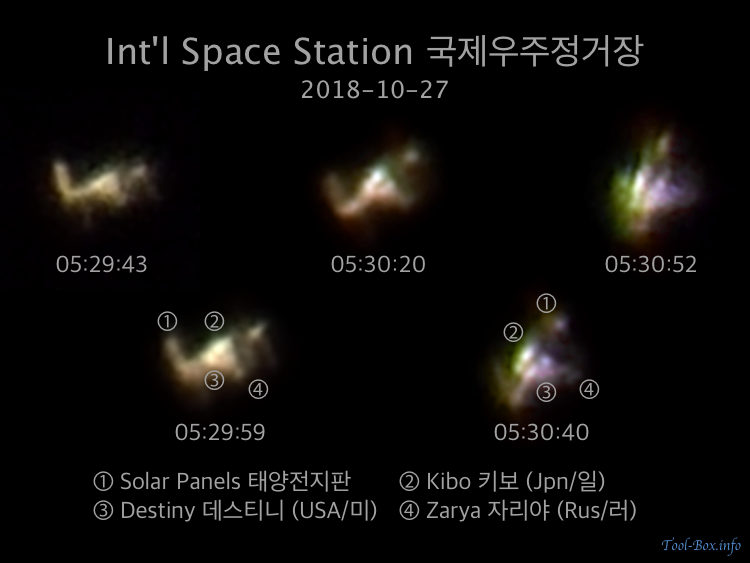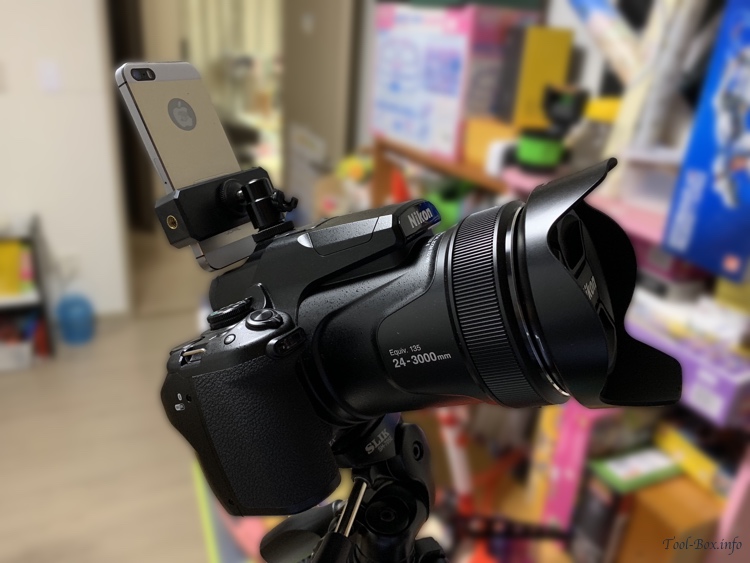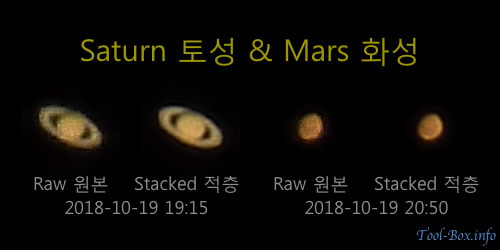Partial Solar Eclipse of January 2019
Posted by Wesley on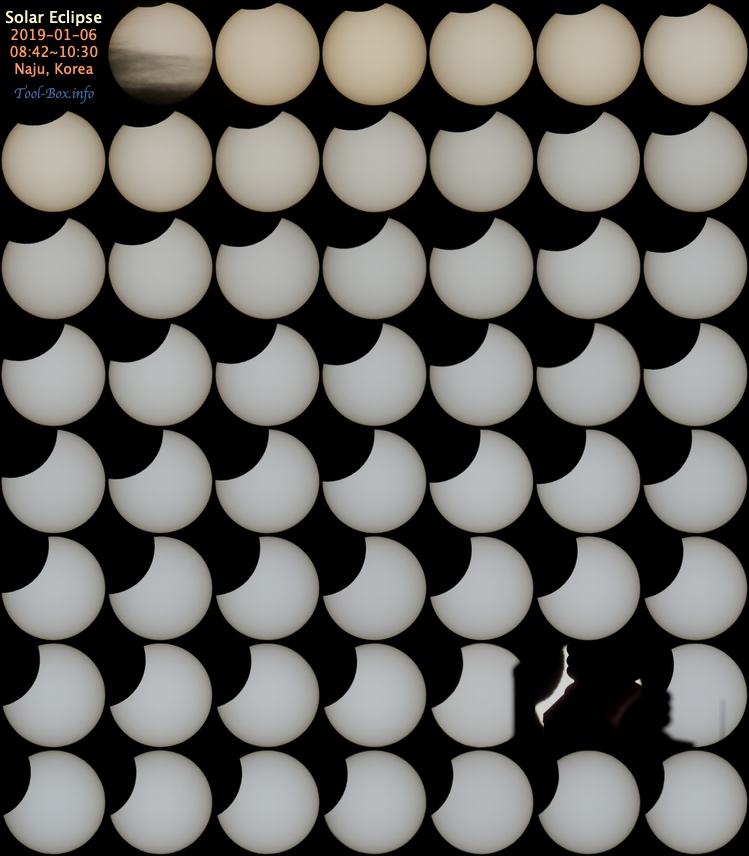
Solar Eclipse of January 6, 2019 seen in 2-minute intervals
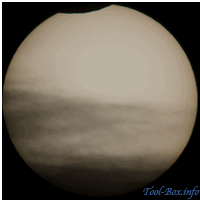
Eclipse animated at 10min/sec
Good eclipses come by every few years, with lunar ones somewhat more often than solar ones where I live. The last solar eclipse I photographed was back in 2012, and I missed the one on 2016. As if to make up for that, two occurrences would be visible in 2019, with the first one taking place yesterday and the next one the day after Christmas. A better camera and filter than 7 years ago was set up on a window to capture the phenomenon. Strips of cloud interfered at the beginning, and the adjacent apartment building blocked the view for a few minutes towards the end. But the session went quite well otherwise.
Zooming to 2000mm, I could see the jagged outer edges of the Moon obscuring the Sun. But for the purposes of creating a progressive composite and animation, the extreme zoom turned out to be a bit of a waste as I had to reduce the size to 4% and 8% of the original, respectively. I'll need to consider this the next time I take eclipse photos.
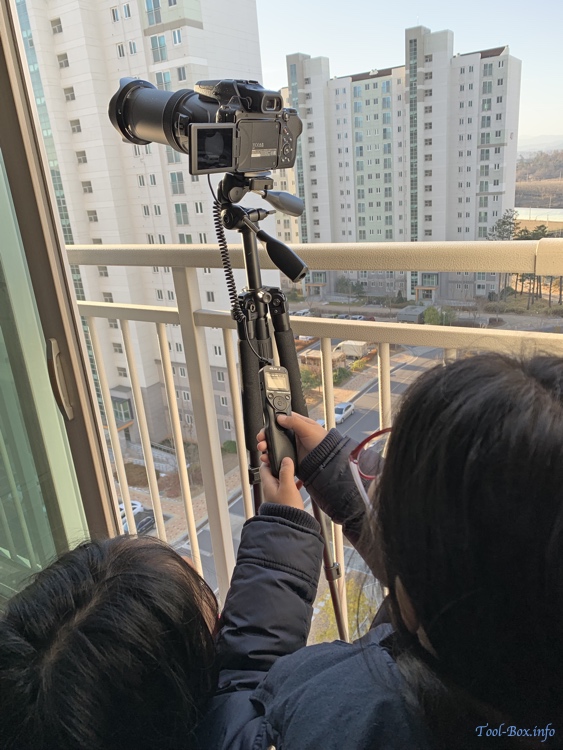
Celine and Hayun take a photo of the solar eclipse
Thanks to the eclipse happening in the early Sunday morning, everyone in the family was able to witness the event together. I let the kids follow the progression of the eclipse though the camera's viewfinder, and they were able to take an eclipse photo as well.
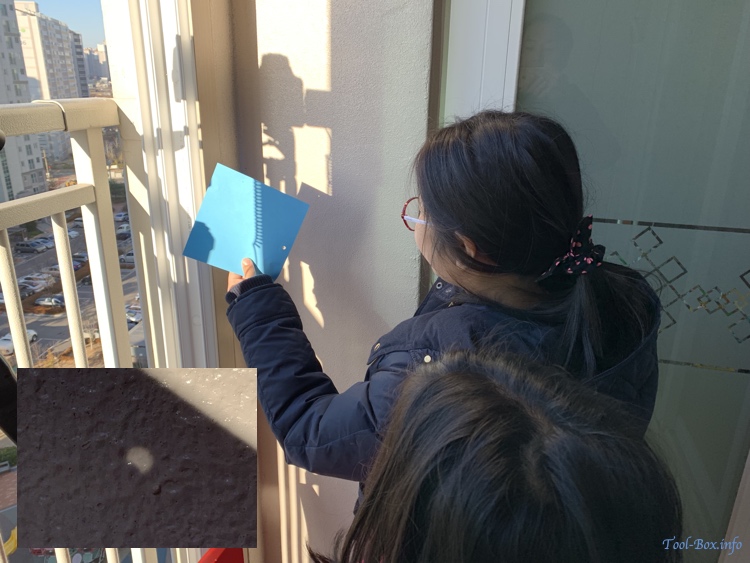
Observing the shape of the Sun with a hole punched on a piece of paper
Alternately, I let them know that the eclipse could also be seen indirectly by using a pinhole. Kids had fun poking holes on pieces of paper to see the crescent shapes shining on a wall. I hope the next observation goes just as well and interesting.
Device: Nikon P1000
Settings: 2000mm - ISO 100 - 1/320s to 1/1250s - f/6.3
Filters: ICE N100000 (Neutral Density 16.5 Stop)
Time: 2019-01-06 08:42-10:30 KST
Location: Naju, Korea
Defined tags for this entry: astronomy, camera, Celine Chung, Hayun Chung, Nikon CoolPix P1000, star, Sun
